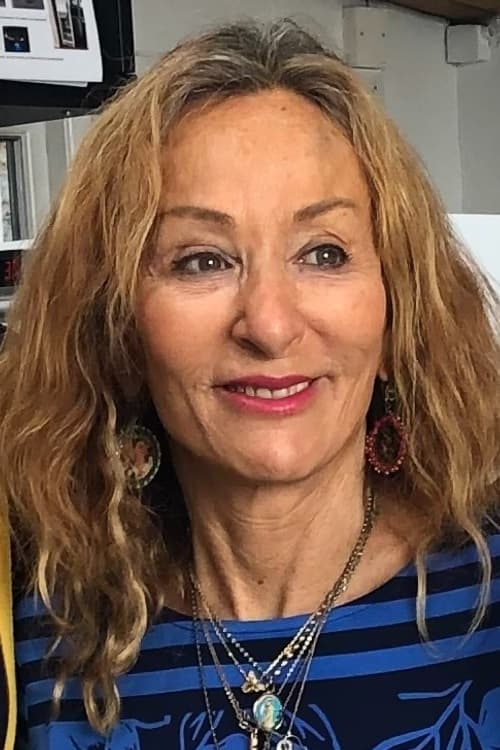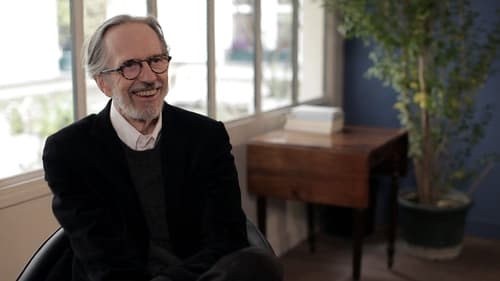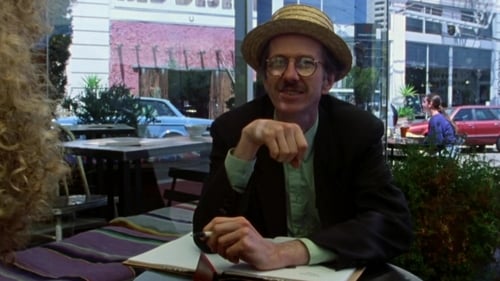Aline Kominsky
Nacimiento : 1948-08-01, Long Beach, New York, U.S.
Muerte : 2022-11-29
Historia
Aline Kominsky-Crumb (born Aline Goldsmith, August 1948, Long Beach, New York) is an American underground comics artist best known as the wife of cartoonist R. Crumb.
She was born to a middle class Jewish family in the Five Towns area of Long Island. Her father was a largely unsuccessful businessman and organized crime associate. She later claimed that the social milieu shown in the movie Goodfellas (some of which was set in the Five Towns area) bore some resemblance to her own childhood. As a teenager, she turned towards drugs and the counterculture, and was a hanger-on to New York countercultural musicians such as The Fugs. Relocating to East Village during her college years, she began studying art at The Cooper Union.
Soon after arriving in San Francisco, she was introduced to Robert Crumb by mutual friends, who noted an uncanny resemblance between her and the coincidentally-named Crumb character Honeybunch Kaminski. Their relationship soon became serious and they began living together not long after. She also fell in with the Wimmen's Comix collective, and contributed to the first issue of that series. After she and Diane Noomin had a falling out with Trina Robbins and other members of the collective, they started their own title, Twisted Sisters. Kominsky-Crumb has later claimed that a large part of her break with the Wimmen's Comix group was over feminist issues and particularly over her relationship with Robert Crumb, whom Robbins particularly disliked.
Aline married Robert Crumb in 1978. Their daughter Sophie Crumb was born in 1981. Since the late 1970s, she and Robert have produced a series of collaborative comics called Dirty Laundry (also known as Aline & Bob's Dirty Laundry), a comic about the Crumb family life. Each of them drew his or her own characters for the comic. Later installments of Dirty Laundry feature contributions by Sophie, who also began producing comics in her teens.
For several years during the 1980s, she was editor of Weirdo, a leading alternative comics anthology of the time, taking over editorship from Peter Bagge, who had taken over from original editor Robert Crumb.
She was featured in a number of scenes in Crumb, the 1994 documentary about the Crumb family. Since the early 1990s, she and Robert have lived as expatriates in a small village in Languedoc-Roussillon.
In addition to her comics work, Kominsky-Crumb is also a painter and since moving to France, has focused more on painting and less on producing comics. In February 2007 she released a memoir entitled Need More Love: A Graphic Memoir, a collection of her comics and paintings, along with photographs and autobiographical writings.
Description above from the Wikipedia article Aline Kominsky-Crumb, licensed under CC-BY-SA, full list of contributors on Wikipedia.



